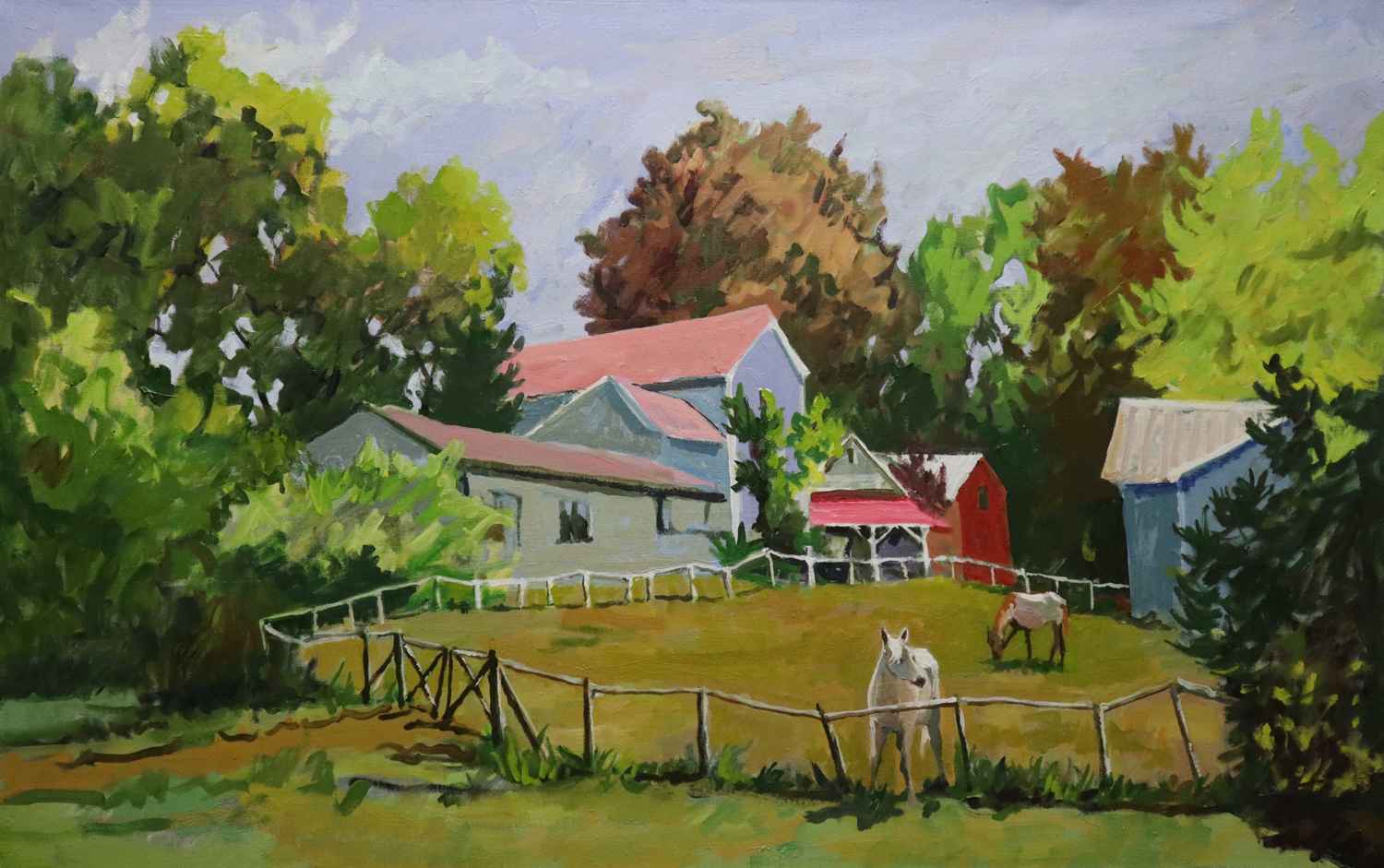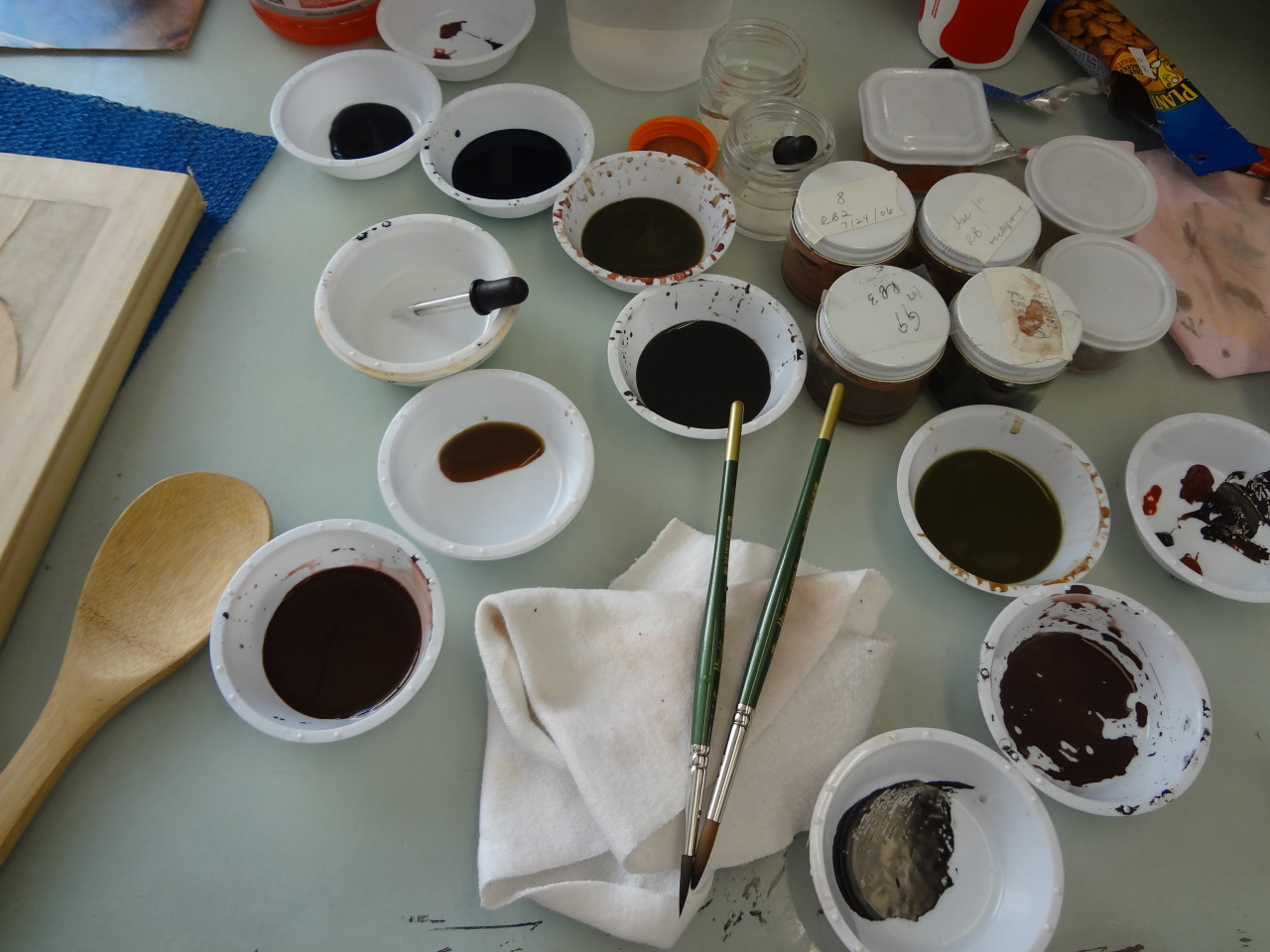

The CAFAM artist-in-residency program was made possible through generous support of Sony Pictures Entertainment. I want printmaking to be part of my creative future”. For senior AVPA Artists, Mia Campbell, “This year’s CAFAM program made me realize how much I love printmaking and made me want to explore this art form in depth. For many, the CAFAM program has been an introduction to what may be a life long interest in printmaking as an art form. I knew I was in the presence of a master.”Īs the exhibition draws closer, the students are working to complete their edition prints, or final copies. His process of printmaking was meticulous, time consuming, and seemingly effortless. 10 th grader, Harper Barth, says after seeing Vorgity’s work, “I was amazed at his technique. Joseph is a member of the Los Angeles Printmaking Society and works in a studio in Los Angeles. A characteristic feature of his prints is the Provincetown white-line technique, which separates each hand-rendered watercolor block with a white line, giving them a painterly yet graphic appearance. He practices woodblock printing and Japanese moku hanga woodblock printing, which he studied under masters Takuji Hamanaka, Matthew Brown, and William Paden. According to senior Tamalika De, “Learning about the art process of a printmaker was truly eye awakening and awe inspiring.”Īnother guest artist, Joseph Vorgity, is a printmaker and watercolorist who focuses on still-life, landscapes, and figurative subjects, and his style is heavily influenced by Japanese woodblock prints and the American Precisionist movement. AVPA artists were inspired by Rosillo’s work and channeled their ideas into their own prints. At times, this meant there were over a hundred colors to one piece of artwork. Rosillo spoke to the students about the laborious process of screenprinting, from choosing the right colors for each layer and applying each color to the print separately. A master printmaker, Juan Rosillo, presented his prints of other artists’ work as well as etchings of his own. The CAFAM program included lectures from several guest artists. The special guest artists and CAFAM tours were inspirational.” Each one is unique.” 9 th grader, AVPA Artist, Lismary Escamilla explains, “The weeks I spent with CAFAM was the greatest experience I’ve ever had. I enjoyed carving the linoleum but seeing the actual print was always a surprise. Working with Holly and Fabrizio, was a great experience because they introduced me to new techniques in printmaking.
Joseph vorgity moku hanga how to#
Senior AVPA Artist, Chris Valdez, “I have learned how to express myself in a different medium.

The exhibition will showcase the self-portraits and smaller student prints.

The program will culminate in an exhibition and reception called, “thINK” at The Craft and Folk Art Museum on Saturday, April 11 th from 2:00-5:00 p.m. The prints range from figurative to representational symbols and include a variety of techniques, such as split fountain, multiple blocks, and collographs.
Joseph vorgity moku hanga series#
The students are using a type relief printing called linoleum block to create a series of self- portraits. Each Friday for 10 weeks, Holly Jerger, art instructor and CAFAM Senior Curator of Public Engagement alongside Fabrizio Flores, CAFAM Program Manager–teach about the history of printmaking, its practice and its various forms, which include relief, intaglio, and lithography. Twenty-six visual art students from The Culver City High School Academy of Visual and Performing Arts are experimenting with traditional printmaking techniques through an artist-in-residency program with the Craft and Folk Art Museum.


 0 kommentar(er)
0 kommentar(er)
